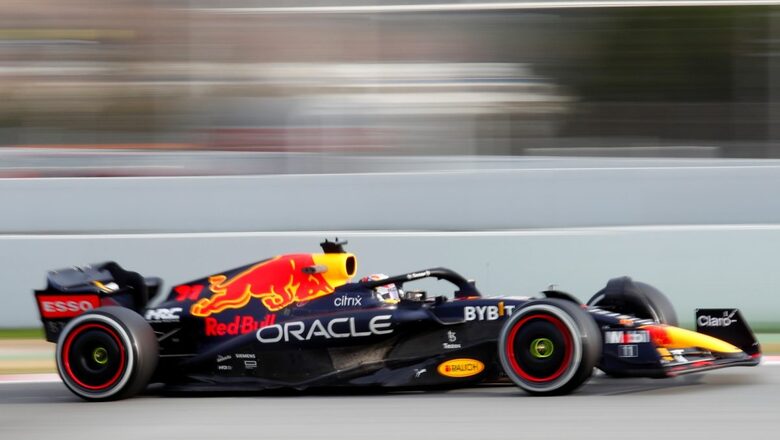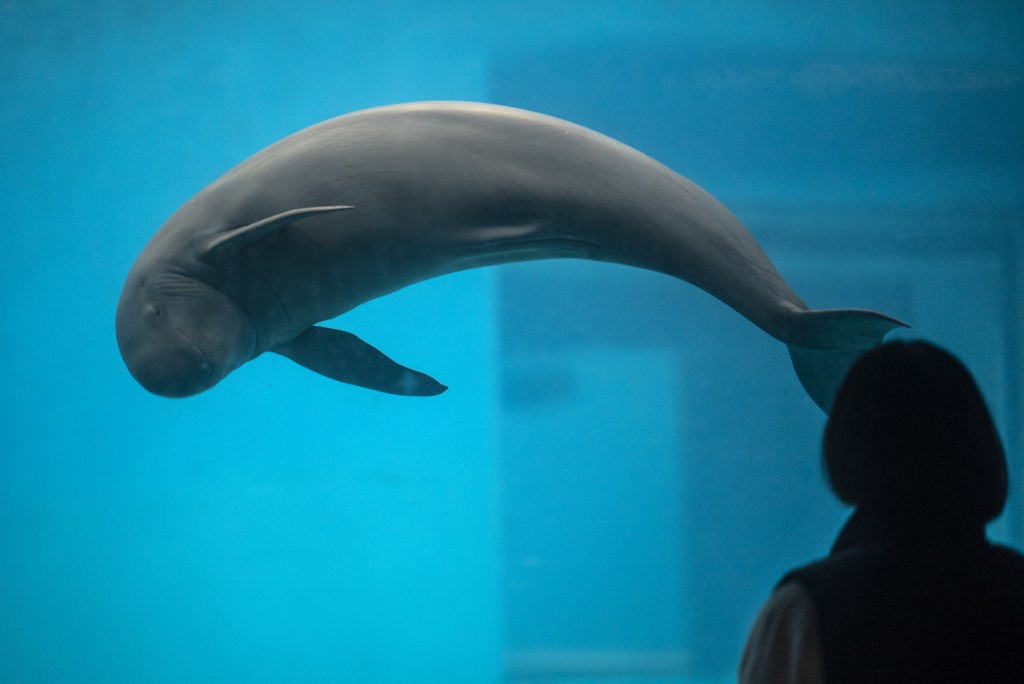
views
Porpoising, this has been one of the most searched words by F1 enthusiasts ever since the pre-season testing started on Wednesday. However, the word ‘porpoising’ is not new to F1, it’s just that it has been missing missing from the vocabulary for the last 40 years. It is something that caught the F1 teams off guard even as they underwent several changes and tests to perfect their 2022 model. Virtually every team was complaining of the phenomenon since the first day of running for the new generation of cars.
But what is porpoising in F1 and why have the teams been caught off guard?
The term porpoising is named after the up and down motion that a porpoise makes. A porpoise is an aquatic marine mammal similar in appearance to a dolphin.

While porpoise looks cute while the up and down movement, in F1, it is anything but that. In F1, porpoising is a violent bouncing on the suspension at high speeds that a driver feels.
The cause of porpoising is an aerodynamic one, where either the leading edge of the floor, or perhaps the front wing, is pushed ever closer to the ground as the downforce acting upon it increases. The closer to the ground it gets, the more powerful the ground effect is, as the air rushes ever-faster through the shrinking gap.
Bumpy road to the top for Charles Leclerc! #F1 pic.twitter.com/Z6a5e6d3bo— Formula 1 (@F1) February 24, 2022
This increases the pressure difference between the underside and upper surfaces, so increasing the downforce yet more – until it stalls. At which point, much of the load is suddenly released, the front of the car rises up suddenly in response – which allows the ground effect to begin working again. This cycle continues like a porpoise diving in and out of the sea.
So, why were the teams caught off guard?
Well, in simple words, none of the teams faced this situation in simulation. To be fair on them, you can hardly have a bouncing car in the wind tunnel. Also, in a wind tunnel, even the stiffest belt of the rolling road is more flexible than the track surface, and accurately modelling the dynamics of the springs and dampers in this situation is not really possible.
Moreover, the teams have been impacted to different degrees, with floor changes up and down the grid.
Is there a way out?
Well, fortunately, yes. As mentioned earlier, this is not a new phenomenon that the F1 is facing. Thee engineers will now work on to try to keep the downforce as constant as possible. They’ll have to revisit the works of the late 1970s/early 1980s as they try to make the underside of the car a little less switch-like and critical.
Read all the Latest Sports News and Breaking News here


















Comments
0 comment